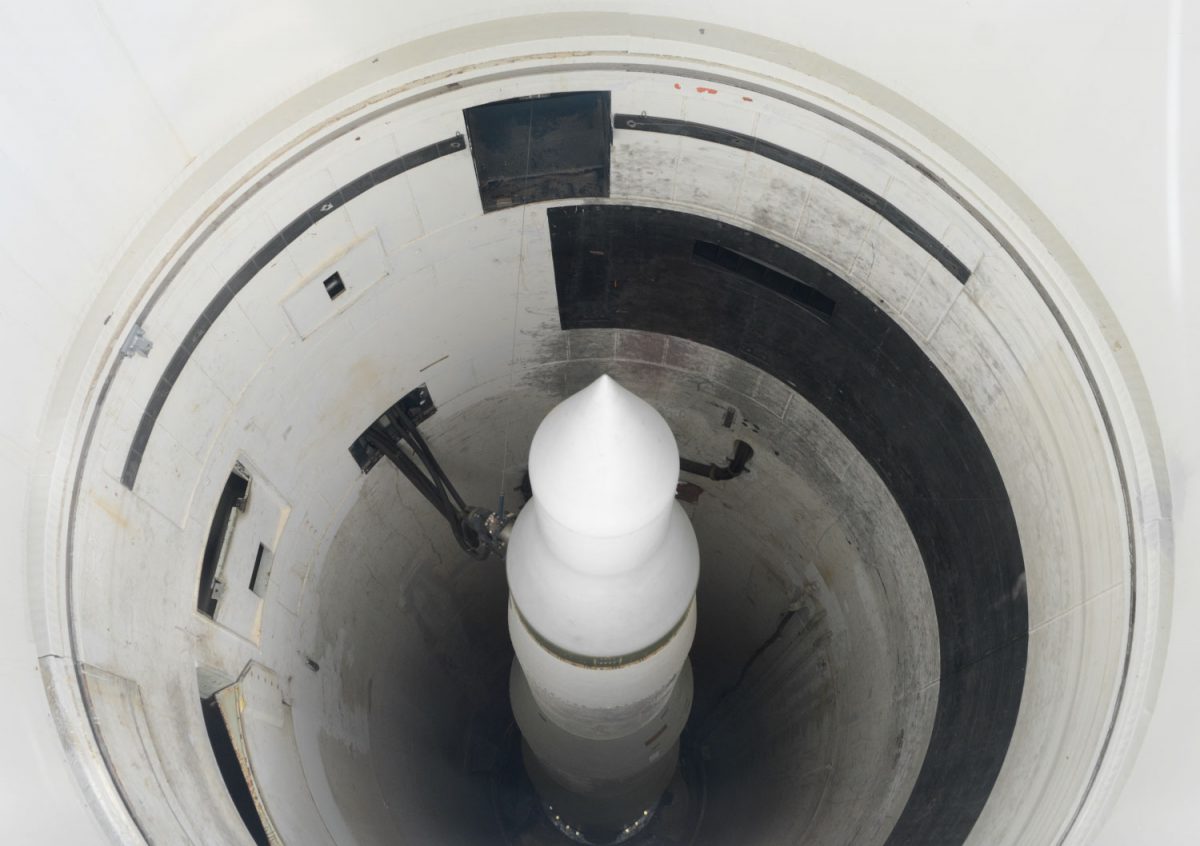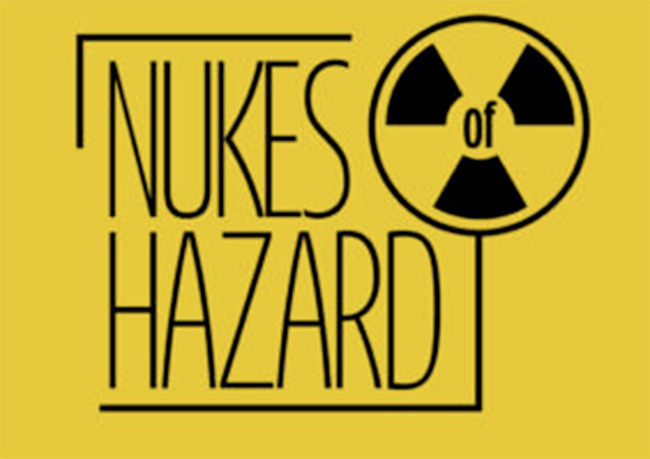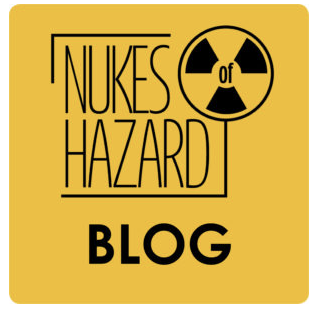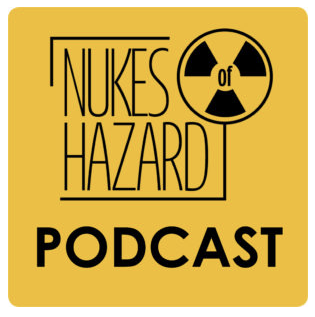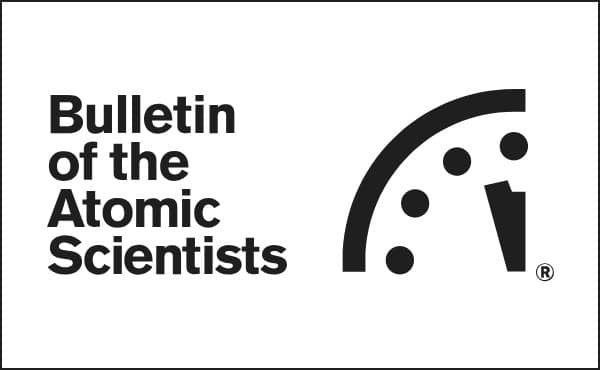Legislation and Issues
In our rich 50-plus-year history, Council for a Livable World has pushed for policies that will make the world safer from nuclear threats. Whether we are engaging on Capitol Hill or motivating our supporters around the country to contact their representatives, we are advocating for what our founder called “the sweet voice of reason” when it comes to the most dangerous weapons ever created.
It is easy to look at the threats posed by weapons of mass destruction and assume there is nothing you can do. But you can do something — in fact, the biggest successes in nuclear risk reduction were driven by everyday people demanding that their leaders step back from the nuclear brink.
You have the power to effect change in nuclear weapons policy by letting your Member of Congress know you care about these issues. You can identify your Representative/Senators by clicking here. And then call them by contacting the Capitol Hill Switchboard: (202) 224-3121.
You can also take action simply by reading more about these issues, talking about them with your friends, and sharing posts about them on social media. Follow the Council on Facebook, Twitter and Instagram to stay up-to-date on the latest nuclear weapons news.
Join our email list to be among the first to know when hearings and votes take place on these and other critical national security issues.
Finally, you can take action on these issues by using our forms to donate to our endorsed candidates beginning in roughly July of non-election years and occasionally for special elections.


